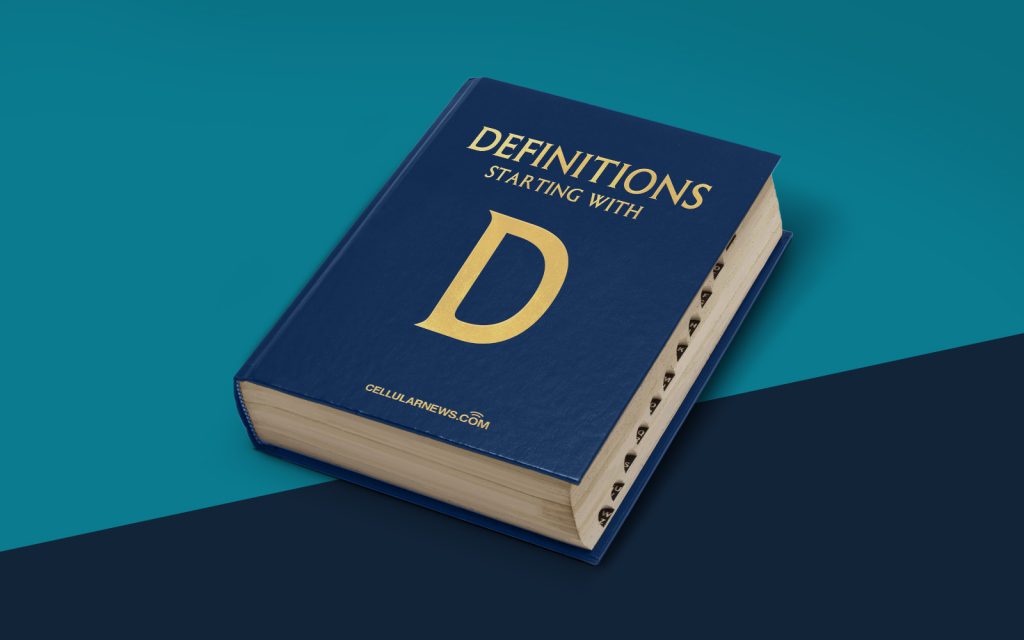
DEFINITIONS: Digital Compact Cassette (DCC)
Do you remember the days when cassette tapes ruled the music scene? They were the go-to choice for portable music listening, offering a convenient way to enjoy your favorite tunes on the go. However, as technology advanced, cassette tapes started to lose ground to newer formats. One of these formats was the Digital Compact Cassette (DCC).
DCC, short for Digital Compact Cassette, was a tape format introduced in the early 1990s. It was developed as a successor to the traditional analog cassette tape, aiming to provide higher-quality sound and improved features such as digital recording and track indexing. Despite its promising capabilities, the DCC format eventually faded into obscurity, overshadowed by the rise of CDs and digital music formats. Nevertheless, it remains an interesting piece of audio history.
Key Takeaways:
- Introduced as a successor to the analog cassette tape, the Digital Compact Cassette (DCC) aimed to provide higher-quality sound and enhanced features.
- DCC offered digital recording capabilities and track indexing, making it easier to navigate through audio content.
Now that we’ve covered the basics, let’s dive a little deeper into the world of DCC and explore its features and functionality:
The Features and Functionality of DCC:
Digital Recording:
One of the standout features of DCC was its ability to digitally record audio. Unlike traditional analog cassettes, which relied on magnetic signals, DCC used a digital recording process. This resulted in higher audio fidelity and less degradation over time. Users could now create crisp and clear recordings without worrying about tape hiss or loss of quality.
Track Indexing:
DCC also introduced the concept of track indexing. This feature allowed users to index their recordings, making it easier to navigate through the content. With a simple press of a button, listeners could jump to a specific song, chapter, or section, eliminating the need for fast-forwarding or rewinding through the tape.
Compatibility:
Although DCC offered several notable advantages, its downfall came from its lack of compatibility. DCC tapes could only be played on DCC-specific players, limiting the accessibility and availability of the format. This restricted market penetration and ultimately contributed to its demise in the face of more versatile and widely accepted formats like CDs and later, digital music.
Conclusion:
The Digital Compact Cassette (DCC) had its moment in the sun, aiming to revolutionize the portable music listening experience. It offered higher audio quality, digital recording capabilities, and track indexing features. However, despite its potential, it ultimately lost out to more dominant formats like CDs and digital music. Nonetheless, the DCC remains a fascinating piece of audio history, showcasing the evolution of music storage and playback technologies.
Have you ever owned a Digital Compact Cassette player or had a chance to experience this once-promising format? Share your memories or thoughts with us in the comments below!
